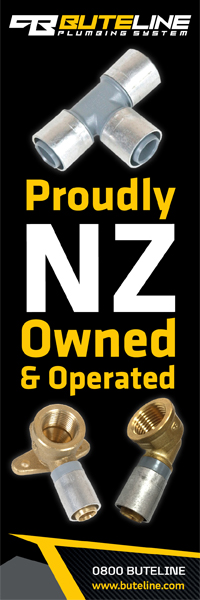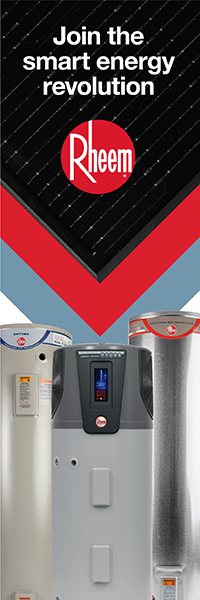Why worker engagement works
5 November 2021
Are your workers a health and safety problem to be solved? Or the source of great ideas for improvement? Greg Dearsly has the lowdown on worker engagement, participation and representation.
There are three things that make good health and safety:
- visible and active leadership
- robust management of risk
- effective worker engagement.
All are equally important and, when done well, deliver great performance results.
Let’s start with worker engagement. All New Zealand businesses are required to have an approach to worker engagement, regardless of business size, structure or risk profile. The best health and safety outcomes are achieved when the business and its workers work together to improve health and safety standards.
Worker engagement
Worker engagement is about being a good employer, and that means sharing information with your workers about health and safety matters. This includes providing some time for workers to consider the information you are sharing.
You need to involve your workers when:
- you need to make decisions about the management of hazards or risks in your workplace
- you are designing a worker engagement process
- there is change in your workplace that might affect health and safety.
Engagement is also about enabling the workforce to provide their views on the matter, including any concerns they might have and being part of the decision-making process.
Making sure you have an effective feedback loop is also important, so it’s also important to ensure workers get told about final decisions. This can be in situations where you are introducing a new policy or procedure, or where you are responding to information provided by your workers about a risk, hazard or improvement opportunity.
Worker participation
Participation doesn’t just have to be about toolbox meetings and committees. Whilst these methods can result in effective approaches to participation, think more broadly. Your workers are at the sharp end of your business and they know what works best in terms of the work they do. They also have great ideas about better ways to do things.
So, enabling your workers to be involved in enhancing your business intelligence is a good example of worker participation. This could be through learning reviews, which can be used to better understand the reality of how a risk presents itself in the workplace and how workers manage that risk in reality.
This is the concept of work as imagined and work as actually done. You might have a procedure that explains how to do a task, but it’s unlikely to cover all scenarios. Only those at the sharp end understand those unwritten situations and what they do about them. As a manager or supervisor, you might call these shortcuts—to the worker, they are probably just normal work.
You can also use learning reviews as a follow up on an accident or incident to understand what happened. Remember, your people are not a problem to be solved—they are the source of good ideas to create better work.
Of course, you might have toolbox meetings and committees in place and, if so, put your focus into the effectiveness of those systems. Ask yourself and your workers if they provide value to the business and those within it? Or are they just an opportunity for some time off work for a coffee and a scone.
Worker representation

There are a whole range of reasons why your business might have health and safety reps (HSRs). The main reason is that they are a good resource for an individual to represent their workmates on health and safety issues that come up day to day. There are a number of ways in which HSRs are put in place, whether the business decides it would be a good idea to have such roles, or whether members of the workforce agree that having HSRs is their preferred method of addressing health and safety matters.
How can I connect all this together?
- Talk to your workers about how they might like to contribute to making your workplace a healthier and safer environment. Discuss the various options, whether it be reps, committees or other forms of communication.
- Have workers participate in risk assessments, hazard identification and site inspections.
- Trial some learning reviews to enhance your knowledge of work as actually done.
- Make sure the feedback loop is working.
About the Author: Greg Dearsly owns First 4 Safety Ltd, a generalist health and safety consultancy. He has been involved in the provision of occupational safety and health advice and assistance for 20 years. Greg holds a Masters in Advanced Leadership Practices, a Graduate Diploma in Occupational Safety and Health, and the National Certificate in Adult Education. His work has involved supporting industries in their H&S development. He encourages organisations and their senior people to show good H&S leadership, conduct effective risk management and ensure their workforces are able to contribute. Greg is a Professional member of the NZ Institute of Safety Management (NZISM) and was NZISM President from 2016-2020. He represents NZISM as President Elect on the Board of Directors of the International Network of Health and Safety Practitioner Organisations (INSHPO) and will be INSHPO President in 2022.














































